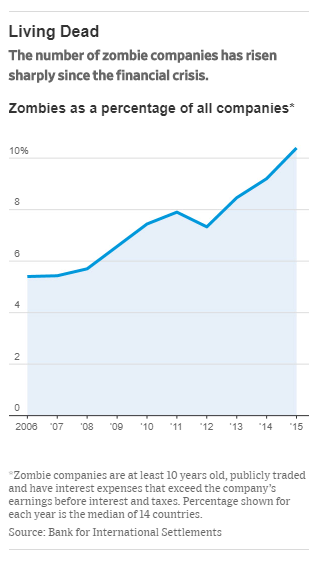(p. A13) Audi, at the 2013 Las Vegas Consumer Electronics Show, unveiled a self-driving vehicle, supposedly soon to be available to the public, which would handle highway driving until it didn’t, at which point a passenger would be expected to take over within seconds. Elon Musk seemingly promised every year that a completely capable self-driving car was just a year away. . . .
Toyota, at the same time, was routinely ignored for saying the new technology would compensate for a driver’s errors long before it was ready to accommodate his desire to be doing something else.
. . .
Toyota was right. For the foreseeable future, autonomous features will mainly serve to stop us from screwing up. And yet what’s being cooked up today may prove more transformative in the long run than even the hype-mongers predicted.
Take the machine vision, 3-D mapping and ubiquitous low-latency broadband networks needed to make driverless cars possible. These technologies will also make many trips superfluous. They will bring us not just convincing simulations but improvements: If a rain is falling the day you want to visit Venice, punch in better weather. And why drive to a mall when a virtual store can bring you a selection of items designed to your tastes, which you can even sample virtually?
The signs are already visible. On average, each of us drives less per year than we did in 2004. More Americans work at home, watch Netflix instead of venturing to the movies, and rely on Peapod and Amazon to save them trips to the grocer. For all the blue-sky thinking about how self-driving cars might change vehicle-ownership patterns and urban planning, it’s always assumed people crave to be more mobile. Like many technological forecasts, these visions may be slightly off-kilter from the future that actually unfolds.
For the full commentary, see:
Holman W. Jenkins, Jr. “BUSINESS WORLD; Self-Driving Car Returns to Earth.” The Wall Street Journal (Wednesday, Dec. 1, 2018): A13.
(Note: ellipses added.)
(Note: the online version of the commentary has the date Nov. 30, 2018.”)


